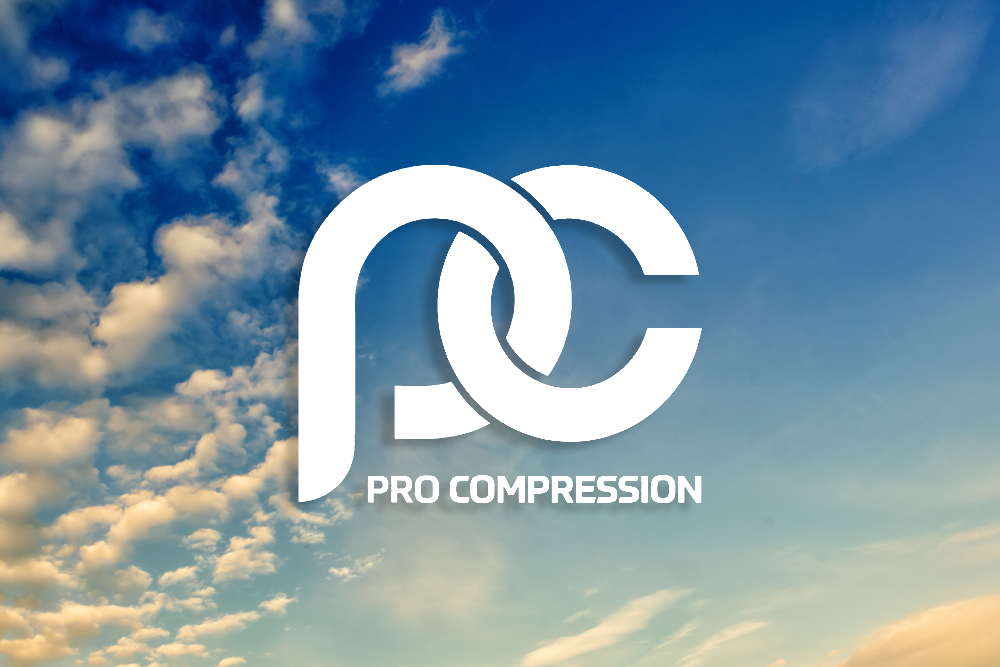New ideas become old news pretty quickly these days. But, Big Data, as a marketing concept, starting gaining buzz throughout the 2000s, and there isn’t any sign that it will slow down in hype, growth or importance any time soon. And, it isn’t called “Big” for hyperbole’s sake. Despite its challenges in deployment, Big Data accounts not only for unfathomably large amounts of information, but also for one of the most transformative shifts in sales and marketing industries since the telephone. Yet, unlike the telephone, Big Data allows these teams to use mathematical insights to acquire and retain new business, rather than relying on the art of making a deal or on the three P’s.
So what has this all meant for marketers the past several years? The game has changed, and to keep up, so must the players. Content may still be king, but data is chasing down that crown. This first installment on Big Data explores its various definitions and benefits, so when it comes time for Part 2, we’ll be ready to outline our own beginner’s guide to integrating Big Data into your marketing strategy.
Big definitions
In 2008, when American scientists began popularizing the term “big-data computing,” they neglected to actually define it for us. Shortly thereafter, the Oxford English Dictionary gave us the first official definition, “data of a very large size, typically to the extent that its manipulation and management present significant logistical challenges.” 90 percent of the available data in the world was collected over just the previous two years and these large volumes of information include both “structured” and “unstructured” data. Structured data is found in traditional enterprise databases or data warehouses.
Unstructured data accounts for 80% of the information and includes raw machine-generated data, data from personal applications such as email, word processing and presentation software, and rich mixed-media data from social media. Unfortunately, the OED’s take on it doesn’t begin to cover the intricacies and potential issues big data presents to both companies and individuals, so in 2011, McKinsey took a crack at its definition in a widely-quoted 2011 big data study: “datasets whose size is beyond the ability of typical database software tools to capture, store, manage, and analyze.” They highlighted the definitional challenge, acknowledging that “this definition is intentionally subjective and incorporates a moving definition of how big a dataset needs to be in order to be considered big data.”
Even more important than understanding what it is, marketers need to know how it came to be, where to find it, and how to use it, because the biggest impact of Big Data on marketing strategies may just be the threat it poses to anyone who ignores it.
Big impact
Just as they strive to understand any advertising channel, digital marketers really need to appreciate the definitions in relation to what they do. The power of information helps increase productivity, improves decision-making, and lowers costs. Most importantly, knowing your own data helps you to stay competitive with those in your industry who already use it to optimize their own efforts. Smaller businesses and startups are even further ahead of the curve, building their own data analytics tools and dashboards into their platforms. The volume of information out there will assuredly knock your socks off, and it’s mainly in thanks to the proliferation of data in both types and size from the ever-growing social media networks and mobile device domination. Powerhouses like Palantir and SAS continuously create technologies specifically designed to manage and analyze Big Data, helping enterprises who can’t have their own supportive infrastructure to harness and leverage real time data. And there’s a lot to leverage: in 2015, 200 million digital shoppers will spend an average of $1,700/person; 49% of consumers will like a Facebook page to support a brand; 6,000 Tweets are sent per second; with 7.9 billion mobile devices globally, more people have access to a phone than to a toilet. Layer GPS mobile data on top of these rich social media and ecommerce archives, and find a vast, invaluable ocean (that you can easily drown in without the right tools and teams) of consumer behaviors and attitudes towards brands.
Big benefits
You know about Big Data; you know it out there for the taking. So, let’s skip ahead, after you’ve adopted the right data analytics technology and integrated the learnings into your internal marketing, sales and forecasting methodologies, to a time when the potential rewards from using Big Data far exceed the headaches you may have borne in getting there. Because, in the end, it’s not about acquiring access to data — it’s about the decisions made from the data. Sure, it’s important to know what data is relevant and how to capture it, but what will give you the leg up over the competition? How you fit the data together, what insights you can quickly generate, and how you incorporate them into or change marketing strategies because of them. Then, and only then, can you reap the rewards that only Big Data can offer: Retain and upsell existing customers while identifying new customers — ditch the old demographics model and start segmenting users in terms of specific behaviors and interests, perhaps even using a multifactor analysis tool like Mixpanel to compare retention rates for users based on your acquisition marketing campaigns to see which resulted in the best Life-Time Value (LTV) Uncover new marketing opportunities — analyze individual content pieces and larger patterns to take either a granular looks at the ROI of a single marketing piece, or a holistic look at the opportunity to roll out new features or productsInvest in and drive more profitable advertising — plan marketing ROI and increase instant conversions with precise media decisions by coupling real-time bidding with real-time audience data.
Measure and predict the impact of campaigns more accurately — identify, correct and predict lead opportunities, message effectiveness and campaign inefficiencies by funneling data on clicks, social actions, conversions, etc. into an advanced attribution or predictive model.
Big enough? We’ve all heard the phrase, “too much of a good thing.” Does this apply to big data? When is it enough? While it’s certainly not over-hyped, marketers can quickly find themselves single-handedly wrapped up in the ever-evolving race to quickly collect the most valuable data, winding up in a more inefficient place than before. When it comes to data, the days of sales, HR, marketing and technology teams working in silos are well and truly over. The most successful organizations working with Big Data have teams working together and equally invested in understanding what can and needs to be done with the data for the greater company goals.
So, no, it doesn’t apply to big data and it’ll probably never be enough, no matter who you ask. But, Big Data is not an end in itself. Used wisely, it allows you to create a highly informed, highly effective marketing organization that can outflank your competitors and up your relevancy to your customers.
Join us for Part 2 to find out how you can use Big Data to revolutionize your marketing strategy.





